Expansion in the Textile Industry
The Tannic Acid Market is witnessing growth due to its application in the textile sector, particularly in dyeing and tanning processes. Tannic acid serves as a natural mordant, enhancing the color retention of dyes on fabrics. The textile industry, valued at over 1 trillion USD, is increasingly adopting sustainable practices, which include the use of eco-friendly dyes and tanning agents. This shift towards sustainability is likely to bolster the demand for tannic acid, as manufacturers seek to reduce their environmental footprint. Consequently, the Tannic Acid Market stands to benefit from this trend, as more textile producers incorporate tannic acid into their processes.
Innovations in Agricultural Applications
The Tannic Acid Market is also seeing innovations in agricultural applications, particularly in organic farming. Tannic acid is utilized as a natural pesticide and soil conditioner, promoting healthier plant growth. With The Tannic Acid Market expected to surpass 300 billion USD, the demand for natural agricultural inputs is likely to rise. This trend suggests that tannic acid could play a crucial role in sustainable agriculture, thereby expanding its market presence. As farmers increasingly seek eco-friendly solutions, the Tannic Acid Market may experience significant growth in this segment.
Emerging Research in Medical Applications
The Tannic Acid Market is poised for growth due to emerging research in medical applications. Studies indicate that tannic acid may possess anti-inflammatory and antimicrobial properties, making it a candidate for various therapeutic uses. The Tannic Acid Market, valued at over 1.5 trillion USD, is continuously exploring natural compounds for drug development. This interest in tannic acid could lead to its increased utilization in medical formulations, thereby enhancing its significance in the Tannic Acid Market. As research progresses, the potential for tannic acid in healthcare applications may further drive market expansion.
Increasing Use in Cosmetics and Personal Care
The Tannic Acid Market is experiencing a notable rise in demand from the cosmetics and personal care sector. Tannic acid is recognized for its astringent properties, making it a valuable ingredient in various skincare products. The Tannic Acid Market, valued at approximately 500 billion USD, is projected to grow, thereby driving the need for natural and effective ingredients like tannic acid. This trend aligns with consumer preferences for products that are both effective and derived from natural sources. As manufacturers seek to enhance product formulations, the incorporation of tannic acid is likely to become more prevalent, further solidifying its role in the Tannic Acid Market.
Rising Interest in Natural Food Preservatives
The Tannic Acid Market is benefiting from the growing interest in natural food preservatives. Tannic acid possesses antioxidant properties, which can help extend the shelf life of food products. As consumers become more health-conscious and wary of synthetic additives, the demand for natural alternatives is on the rise. The food preservation market is projected to reach 30 billion USD, with a significant portion attributed to natural preservatives. This trend indicates a potential increase in the use of tannic acid in food applications, thereby enhancing its relevance in the Tannic Acid Market.
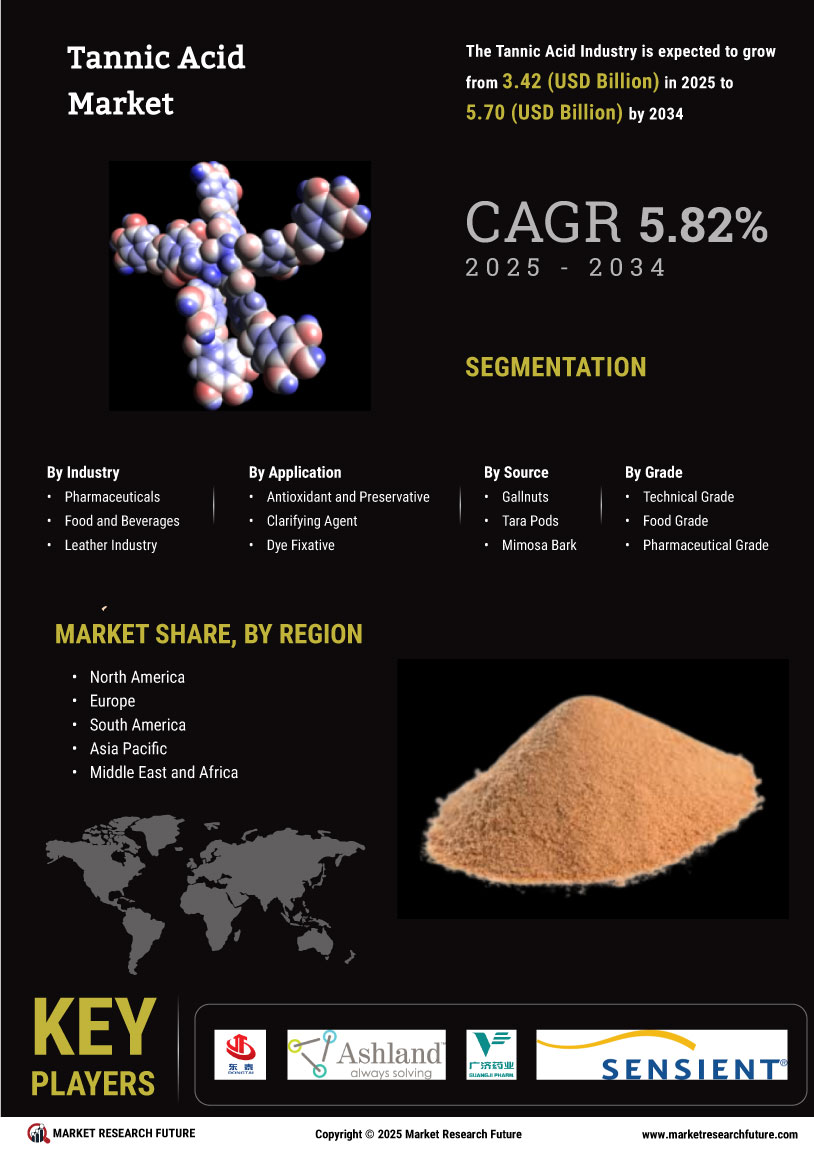

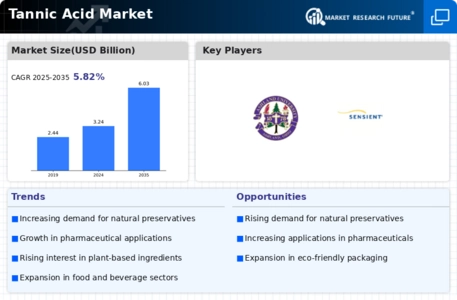
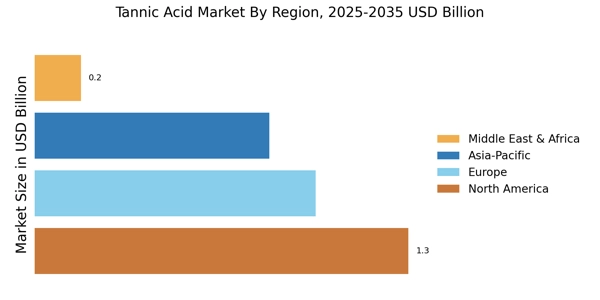
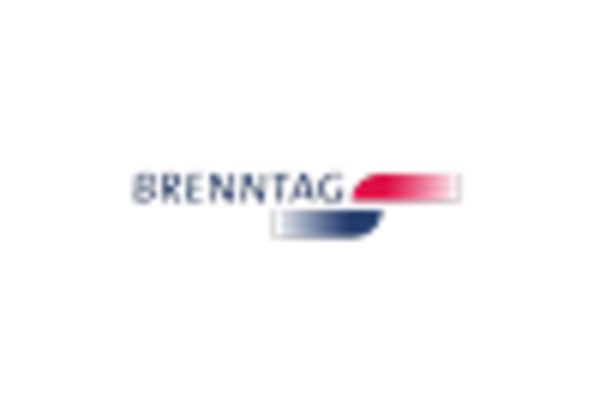
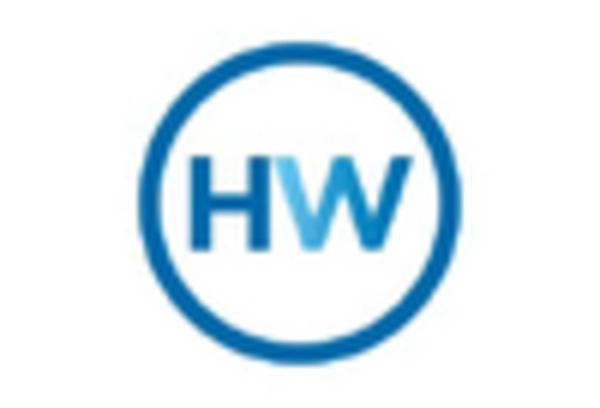

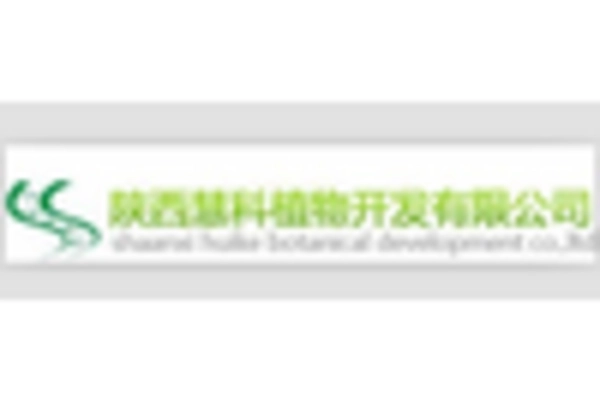
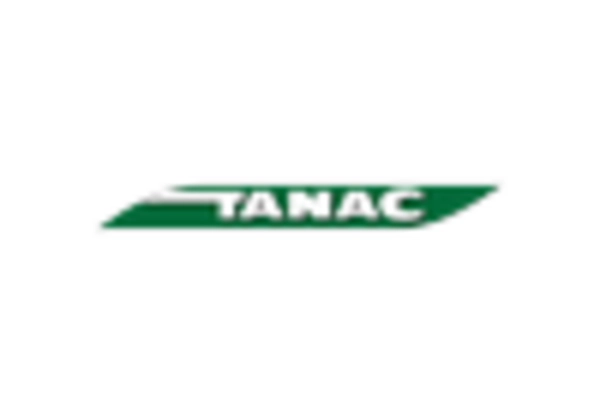
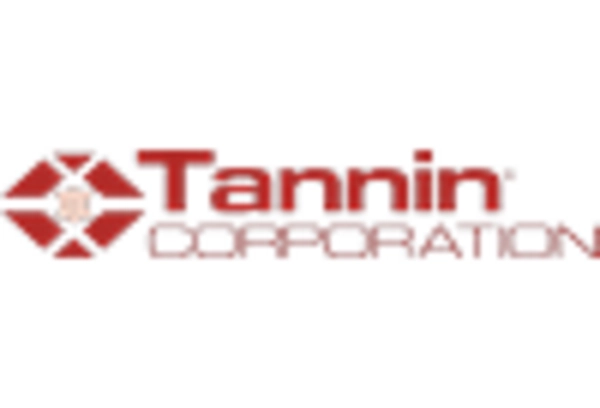








Leave a Comment